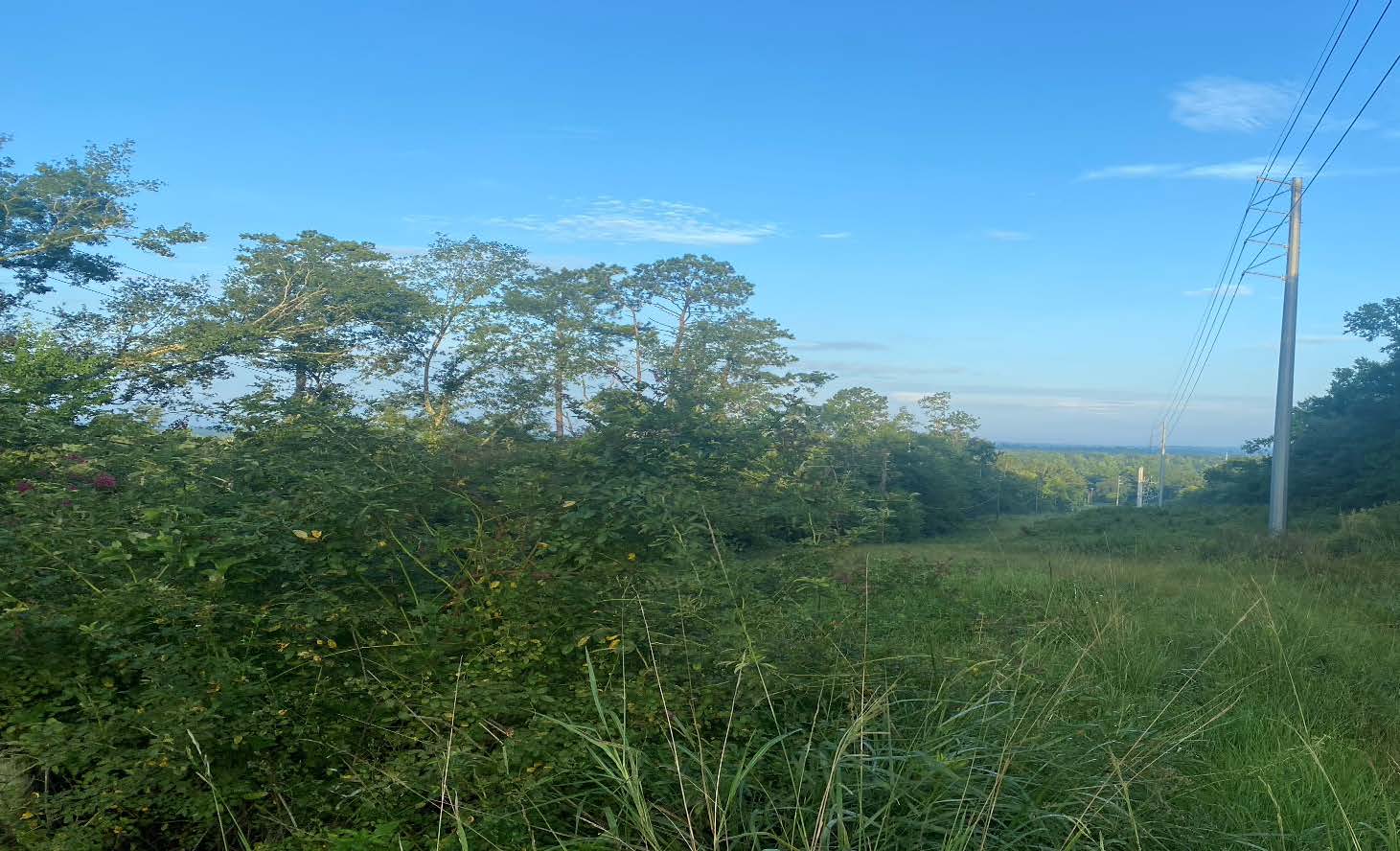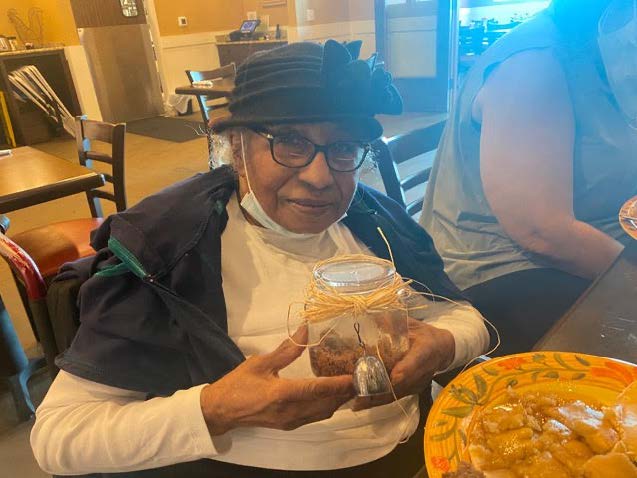Juneteenth is a commemoration of the announcement of the emancipation proclamation that took place in Galveston, Texas on June 19, 1865. According to the “Juneteenth Menu,” many communities adopted a Juneteenth type celebration nearing their state's own emancipation. While we often celebrate freedom during Juneteenth, it is also a time to reflect on the hope that it gave for Black Americans. The hope for a future and a chance to pursue their own lives. Additionally, the Homestead Act of 1862 helped formerly enslaved Black American farmers create that future. Last June, I joined a group of historians and genealogists for an initiative called the "Black Homesteaders Project," which is part of the Homestead National Hisotrical Park. As a genealogist working on this project, I was asked to identify a relative who was a recipient of land through the Homestead Act of 1862. My investigation led to personal and historical discoveries about life after emancipation.
Despite working in agriculture for 12 years, I had never heard of the Homestead Act of 1862 until I started my research. In truth, most people are unaware of the 1862 Homestead Act or how it links to Juneteenth and American agricultural history. President Abraham Lincoln's major concern at the time of the Homestead Act was keeping the Union together during the Civil War, but he also managed to create four agricultural initiatives to improve the state of American agriculture. The establishment of a Department of Agriculture, a Homestead Act; the construction of a Union Pacific-Central Pacific railroad; and the Morrill Land Grant College Act, were his four ideas.
The Homestead Act was pivotal in creating an opportunity for formerly enslaved farmers. For afiling fee, farmers without land of their own, single women, immigrants, and formerly enslaved
people were eligible to apply for public land. To qualify for the homestead, the applicant had to live
on the land, build a home, make improvements, and farm. This measure was significant because it
gave previously enslaved farmers the ability to possess their land after they were freed.
Last June, I located a relative who was a recipient of land through the Homestead Act of 1862.After requesting land entry papers from the National Archives, I learned that my 4th great uncle, Simon "Sim" Bell, filed his homestead application on June 26th, 1872, for 39.94 acres located in Chattahoochee, Gadsden County, Florida.

Simon Bell’s homestead in Chattahoochee, Florida July 2021
Photo Credit: Falan Goff
Simon’s land entry papers revealed a piece of our family history that was only known by oral tradition. He gave testimony that he was a "Native Born Citizen of the United States by virtue of the Emancipation Proclamation of President Lincoln." Up until that exact moment, my family had only known about our formerly enslaved relatives through oral tradition. We now had physical proof that Simon received his emancipation in Florida around May 1865. It was amazing to view the document below that my relative signed about his emancipation.

Simon Bell’s application testimony alluded to the fact that he was born enslaved and stated that he was freed from slavery by “virtue of Emancipation Proclamation of President Lincoln”. Simon's story motivated me to research Black Homesteaders and find more about his homestead. According
to my research, other formerly enslaved African American homesteaders owned and farmed their
land following independence. So far, I discovered that over 150 African Americans in the South
gained land under the Homestead Act of 1862. I have discovered one of the earliest homesteaders
was African American and he applied for a homestead just a year after emancipation in 1866.

After visiting Simon Bell’s homestead in Chattahoochee, Florida. Soil was collected from the land that was once Simon Bell’s homestead. Maud Humphries, Simon’s 2nd great niece, is pictured holding the jar of soil with a bell attached to it in July of 2021.
Photo Credit: Falan Goff
This Juneteenth, I invite you to celebrate by reflecting the life of African Americans after emancipation. For some, it was a life that was enriched by the help of the Homestead Act of 1862.
Here are some ways to learn about the history of the African American Homesteaders:
- Simon and many other African American Homesteaders stories are published frequently on the National Park Services website. If you are interested in learning more about Simon’s story, please view my published piece here: Sim Bell (U.S. National Park Service) (nps.gov)
- To learn about the “Black Homesteaders Project” or finding your homesteading ancestor check it out here: Black Homesteaders - Homestead National Historical Park (U.S.National Park Service) (nps.gov).
- “Black Homesteaders of the South” is a book by author and genealogist, Bernice Bennett. It features stories of African American Homesteaders told by their descendants. As a contributor, I told the story of Simon Bell and listed 50 more African American Homesteaders from Florida. Homesteaders’ stories from Alabama, Arkansas, Florida, Louisiana and Mississippi will be featured. The book will be available October 24th, 2022.
- If you are a descendant of African American Homesteaders, you can join Bernice Bennett’s Facebook group the “Descendants of African American Homesteaders” for more information.
References
1. https://www.foodnetwork.com/shows/the-juneteenth-menu Director Cecil Dyer, Historical Consultant Robin Caldwell, Host Michiel Perry
2. https://blog.machinefinder.com/11074/brief-history-usda
3. About the Homestead Act - Homestead National Historical Park (U.S. National Park Service) (nps.gov)
4. Land Entry papers are documents that contain a homesteader’s application, final homestead certificate and testimony
